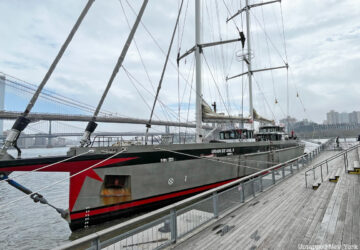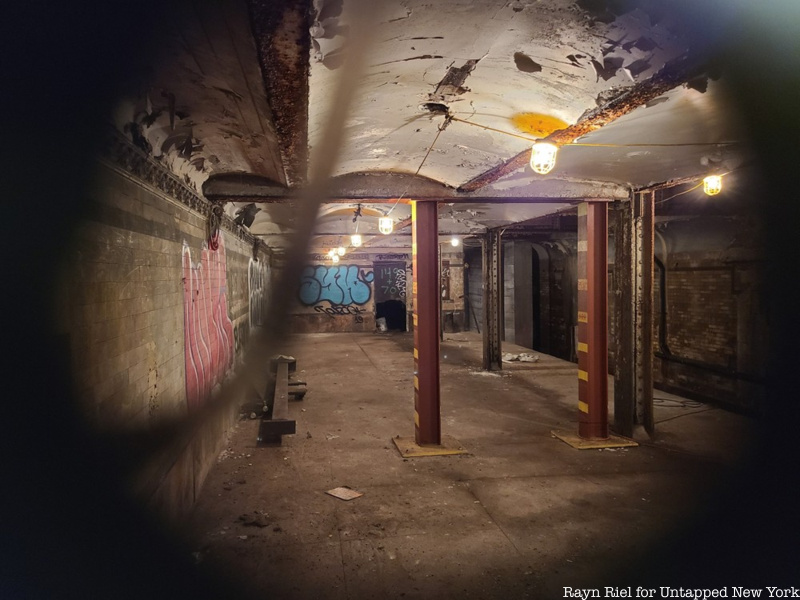
The New York City subway officially opened in October 1904 with the Interborough Rapid Transit (IRT) line, which initially ran from City Hall Station to 145th Street in Manhattan. Brooklyn was the second borough to be connected to the IRT in 1908, so it’s no surprise that the Brooklyn subway system holds its fair share of secrets. Read on for the top ten secrets of the Brooklyn subway, from the location of the MTA’s former money room to a tribute to Aretha Franklin and other artworks hidden in plain sight.
Uncover more secrets, and visit some of the sites mentioned in this list on Untapped New York’s upcoming Underground Brooklyn Subway Walking Tour!
1. Secret Tunnels to the Former MTA Money Room

From 1951 to 2006, the New York City transit system ran an armored train that moved all the subway and bus fares collected to a secret room, the Department of Revenue’s Money Room, inside a 13-story building at 370 Jay Street in Brooklyn. 370 Jay Street was strategically located atop a subway station where, according to information from a previous New York Transit Museum exhibit, “tunnels could be built to connect the building to IND, BMT and IRT lines.”
A crashgate along the Jay Street southbound F line subway track allowed the fares to be unloaded directly into the basement of the building that looks like a uniform government building, but has secret tunnels inside.. In the photo above, you can see the crashgate as seen from the Jay Street F line. There was also a crashgate on the northbound R train track at the Lawrence Street station (now Jay Street Metro-Tech).
After the money was collected from the train, and taken through one of the crashgates, it was brought down an empty tunnel to one of two revenue-only elevators that carried it up to the money room on the second floor. The money room contained a vault within a fortified cage and many security cameras that tracked the movements of employees (who all wore special pocketless clothes). The Money Room closed January 2006.






